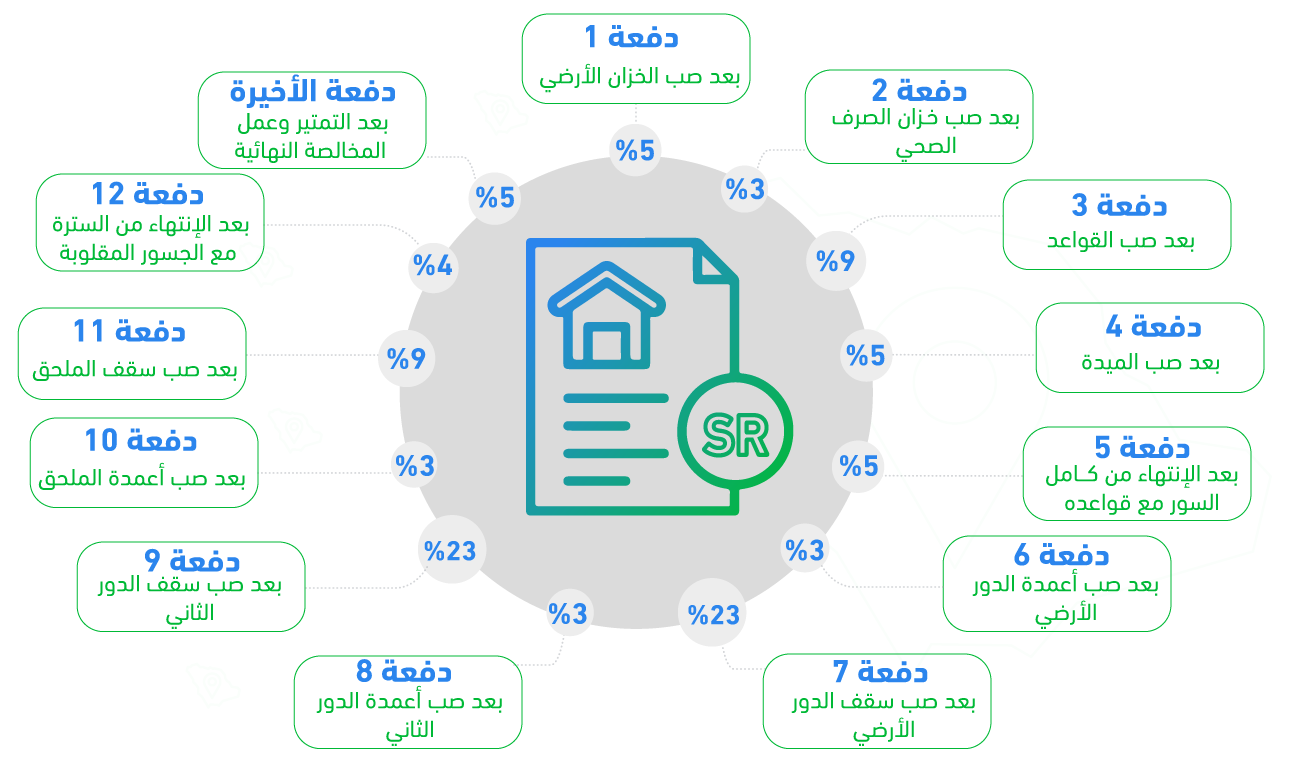Top 6 Tips When Creating a Contractor Agreement to Build Your Home
Thinking about signing a contractor agreement? Here’s your complete guide
Many disputes occur between property owners and contractors during the construction phase, leading to changes in the building plan, increased costs, or even delays in delivery, sometimes ending in court. Incomplete work often results from disagreements over payment schedules, material quality, or specific terms. This is why having a clear Contractor Agreement is essential to protect your rights and avoid conflicts during the building process.
In this article, we’ll explore 6 effective tips to help you draft a professional and secure Contractor Agreement Template to ensure your project is completed the way you envision.
1. The Importance of Asking Questions Before Signing a Contractor Agreement
Before signing a Contractor Agreement, it’s recommended to gather feedback from the contractor’s previous clients to learn about:
- Understanding the contractor’s capabilities, equipment, and technical team.
- Checking the contractor’s commitment to the project plan, contract terms, and the agreed timeline.
- Viewing previously completed projects to help you decide whether to proceed with the contractor.
2. Structuring Payment Installments
Clearly outline the payment structure for your project with detailed terms including:
- Payment dates and times.
- Amount of each installment.
- Completed work tied to each payment.
Payments should align with the progress of completed work. This point is particularly crucial in a Shell Contractor Agreement, where the contractor receives payments based on specific construction milestones.

Payment stages in a contractor agreement – Aqar App
3. Defining Quality Standards and Material Specifications in Your Contractor Agreement
Agree with your contractor on the expected quality of work and specify the materials to be used in your Contractor Agreement, including:
- Type of blocks (volcanic, red, etc.).
- Type of tiles (local, Spanish, etc.).
- Insulation layers.
- Electrical outlets and specifications.
- Drainage pipes and their measurements.
4. Handling Modifications
Modifications during construction are common, so ensure your agreement includes a clear clause on how changes will be handled, calculated, and whether they will affect the total payment or the delivery schedule.
5. Including a Penalty Clause
To ensure your contractor adheres to the agreed delivery date, it is best to include a clear penalty clause in your Contractor Agreement Template, stating a financial penalty for each day of delay.
6. Right to Terminate the Agreement
Your agreement should include a clause granting you the right to terminate the contract or issue a Contractor Settlement Agreement if the contractor breaches any agreed terms or conditions.
What Is the Difference Between an Employment Contract and a Contractor Agreement?
Many people confuse an Employment Contract with a Contractor Agreement, but there are clear differences:
- Employment Contract: Typically involves a relatively permanent relationship between an employee and employer with continuous obligations and monthly salary.
- Contractor Agreement: Ends upon the completion of the agreed work, and the contractor is considered an independent executing party, not an employee.
Conclusion
Construction projects often come with challenges, but having a well-prepared and comprehensive Contractor Agreement is your best tool to protect yourself legally and financially, ensuring your project proceeds smoothly. Always document every agreement in writing with clear details, and consult a legal professional when necessary.
🔗 For more real estate articles and insights about the Saudi real estate market, visit the Aqar Blog.
📱 Don’t forget to follow our official X account for updates.




